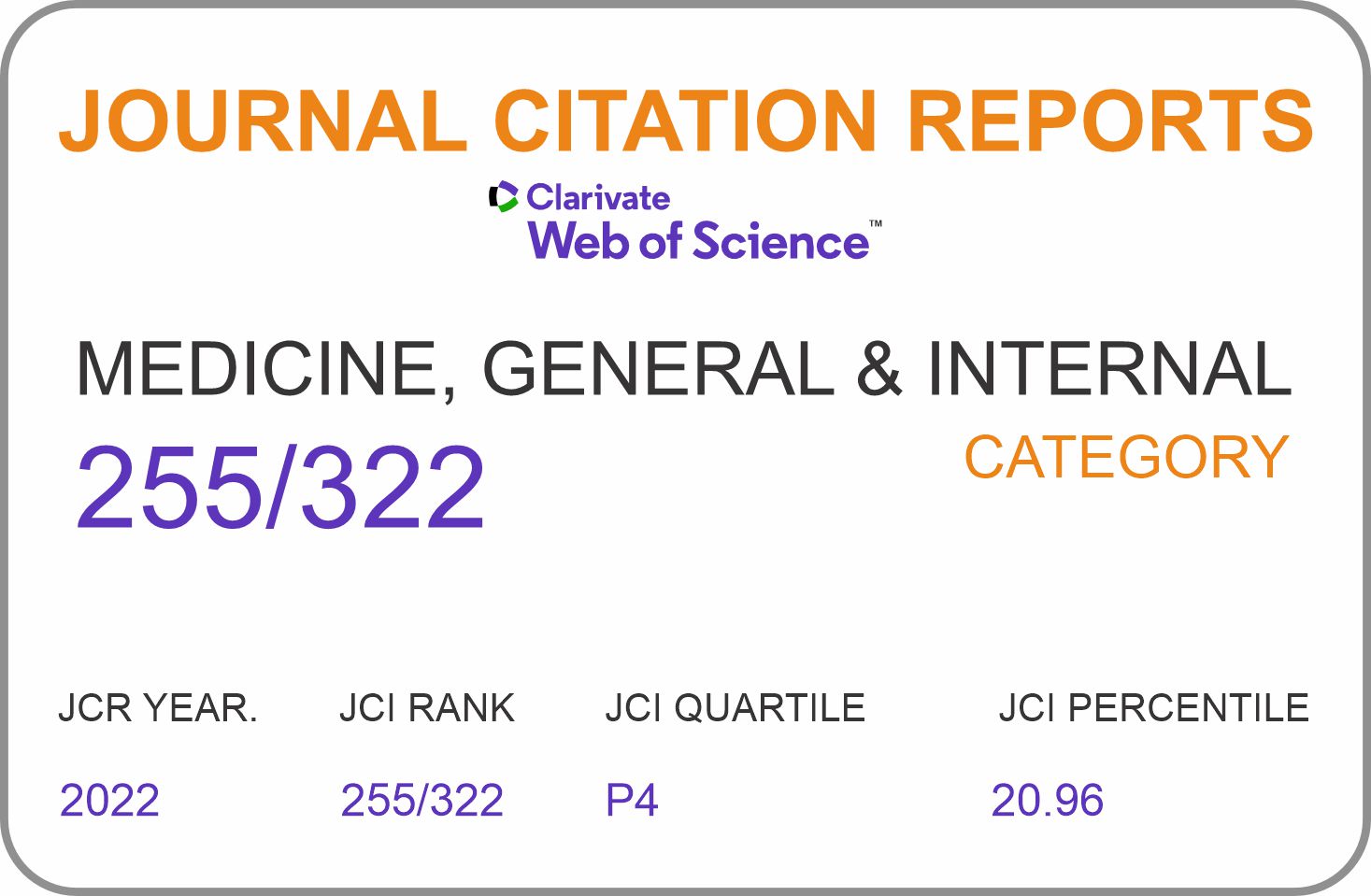Free-living cutaneous amebiasis, ignored herald of lethal encephalitis. Case report
DOI:
https://doi.org/10.35434/rcmhnaaa.2023.162.1802Keywords:
amebiasis, Balamuthia infection, Acanthamoeba Infection, Amebic Meningoencephalitis, Central Nervous System Protozoal Infections, Lupus VulgarisAbstract
Introduction: Diseases caused by free-living amoebas (FLA) are rare but with a lethality greater than 90% when they affect the central nervous system (CNS). The clinical picture can be confused with more prevalent diseases. Case report: A 32-year-old farmer from Poroto-Trujillo-La Libertad-Peru, started the disease with a central facial erythematous plaque that was diagnosed as cutaneous tuberculosis (CTB), without improvement despite receiving a complete regimen of anti-tuberculous chemotherapy. Seven months later, he presented severe encephalitis and died three days after his admission to the hospital. FLA trophozoites were found in the skin biopsy. A diagnosis of cutaneous dermatitis due to FLA complicated with granulomatous amebic encephalitis (GAE) is proposed. Similar cases have not been documented in his place of origin. Conclusion: In northern Peru, skin plaques in people exposed to the ground or stagnant water should be considered warning signs of the probability of AVL infection.
Downloads
Metrics
References
Samba-Louaka A, Delafont V, Rodier MH, Cateau E, Héchard Y. Free-living amoebae and squatters in the wild: ecological and molecular features. FEMS Microbiol Rev. 2019;43(4):415-34. doi: 10.1093/femsre/fuz011
Hongze Z, Cheng X. Various brain-eating amoebae: the protozoa, the pathogenesis, and the disease. Front Med. 2021;15(6):842-66. doi.org/10.1007/s11684-021-0865-2
Ong T, Khan N, Siddiqui R. Brain-Eating Amoebae: Predilection Sites in the Brain and Disease Outcome. J Clin Microbiol. 2017;55(7):1989-97. doi: 10.1128/JCM.02300-16
Cabello-Vílchez A, Reyes Batlle M, Montalván Sadoval E, Martín-Navarro C, Atteneri López A, Elías-Letts R, et al. The isolation of Balamuthia mandrillaris from environmental sources from Peru. Parasitol. Parasitol Res. 2014;113(7):2509-13. doi: 10.1007/s00436-014-3900-2.
Orphanet. Amebiasis por amebas de vida libre [Internet]. [citado 6 de agosto de 2022]. Disponible en: https://www.orpha.net/consor/cgi-bin/OC_Exp.php?lng=ES&Expert=68
Cabello-Vílchez A. Balamuthia mandrillaris en el Perú, lesiones cutáneas, meningoencefalitis y métodos de cultivo. Infectio. 2016;20:07-119. doi: 10.1016/j.infect.2015.10.006
Orrego-Puelles E, Casavilca S, Rodríguez F, Pritt B, Castillo M, Castañeda C. Amebiasis del sistema nervioso central: reporte de seis casos en el Perú. Revista peruana de medicina experimental y salud pública. 2015;32(3):597-7. http://www.scielo.org.pe/pdf/rins/v32n3/a26v32n3.pdf
Solís-Castro M. Encefalitis letal por amebas de vida libre en tres miembros de una familia, Tumbes, Perú. Revista peruana de medicina experimental y salud pública. 2021;38(2):291-5. https://doi.org/10.17843/rpmesp.2021.382.6754
Kofman, A, Guarner J. Infections Caused by Free-Living Amoebae. 2022;60(1): e0022821. doi: 10.1128/JCM.00228-21.
Wang L, Cheng W, Li B, Jian Z, Qi X, Sun D, et al. Balamuthia mandrillaris infection in China: a retrospective report of 28 cases. Emerging Microbes & Infections. 1 de enero de 2020;9(1):2348-57. doi:10.1080/22221751.2020.1835447
Öcal Demir S, Besli G, Boral Ö, Baysal B. Successful Treatment of Acanthamoeba Meningoencephalitis in an Immunocompetent Child. J Trop Pediatr. 2021;67(2):1-5. doi:10.1093/tropej/fmaa102
Peng L, Quan Z, Yu W, Cao X, Lv Z, Su M, et al. A patient with granulomatous amoebic encephalitis caused by Balamuthia mandrillaris survived with two excisions and medication. BMC Infectious Diseases. 2022;22(54):1-8. https://doi.org/10.1186/s12879-021-07020-8
Visvesvara GS, Moura H, Schuster FL. Pathogenic and opportunistic free-living amoebae: Acanthamoeba spp., Balamuthia mandrillaris , Naegleria fowleri , and Sappinia diploidea. FEMS Immunology & Medical Microbiology. junio de 2007;50(1):1-26. doi: 10.1111/j.1574-695X.2007.00232.x
Bravo F, Gotuzzo E. Cutaneous Manifestations of Infection by Free-Living Amebas. En: Tropical dermatology [Internet]. 2da ed. España: Elseivier; 2017. p. 50-5. Disponible en: https://www.sciencedirect.com/science/article/pii/B9780323296342000067
Alvarez P, Torres-Cabala C, Gotuzzo E, Bravo F. Cutaneous balamuthiasis: A clinicopathological study. JAAD Int. 2022;6:51-8. doi: 10.1016/j.jdin.2021.11.005
Cope J, Landa J, Nethercut H, Collier S, Glaser C, Moser M, et al. The Epidemiology and Clinical Features of Balamuthia mandrillaris Disease in the United States, 1974-2016. Clin Infect Dis. 2019;68(11):1815-22. doi: 10.1093/cid/ciy813.
Ramos M, Riveyro de Castro M. Infecciones micobaterianas. En: Dermatología. 4ta ed. Elsevier; 2018. p. 1307.
Handog E, Macarayo M. Manifestaciones cutáneas de la tuberculosis [Internet]. UpToDate; 2020 [citado 19 de octubre de 2022]. Disponible en: https://www.uptodate.com/contents/cutaneous-manifestations-of-tuberculosis/contributors
Schaller MA, Wicke F, Foerch C, Weidauer S. Central Nervous System Tuberculosis: Etiology, Clinical Manifestations and Neuroradiological Features. Clin Neuroradiol. marzo de 2019;29(1):3-18. doi: 10.1007/s00062-018-0726-9
Sonneville R, Ruimy R, Benzonana N, Riffaud L, Carsin A, Tadié JM, et al. An update on bacterial brain abscess in immunocompetent patients. Clinical Microbiology and Infection. septiembre de 2017;23(9):614-20. doi: 10.1016/j.cmi.2017.05.004
Downloads
Published
How to Cite
Issue
Section
Categories
License
Copyright (c) 2023 Violeta Celis, Eduardo Rojas Meza , Marleny Sialer , Sandra Encalada

This work is licensed under a Creative Commons Attribution 4.0 International License.















